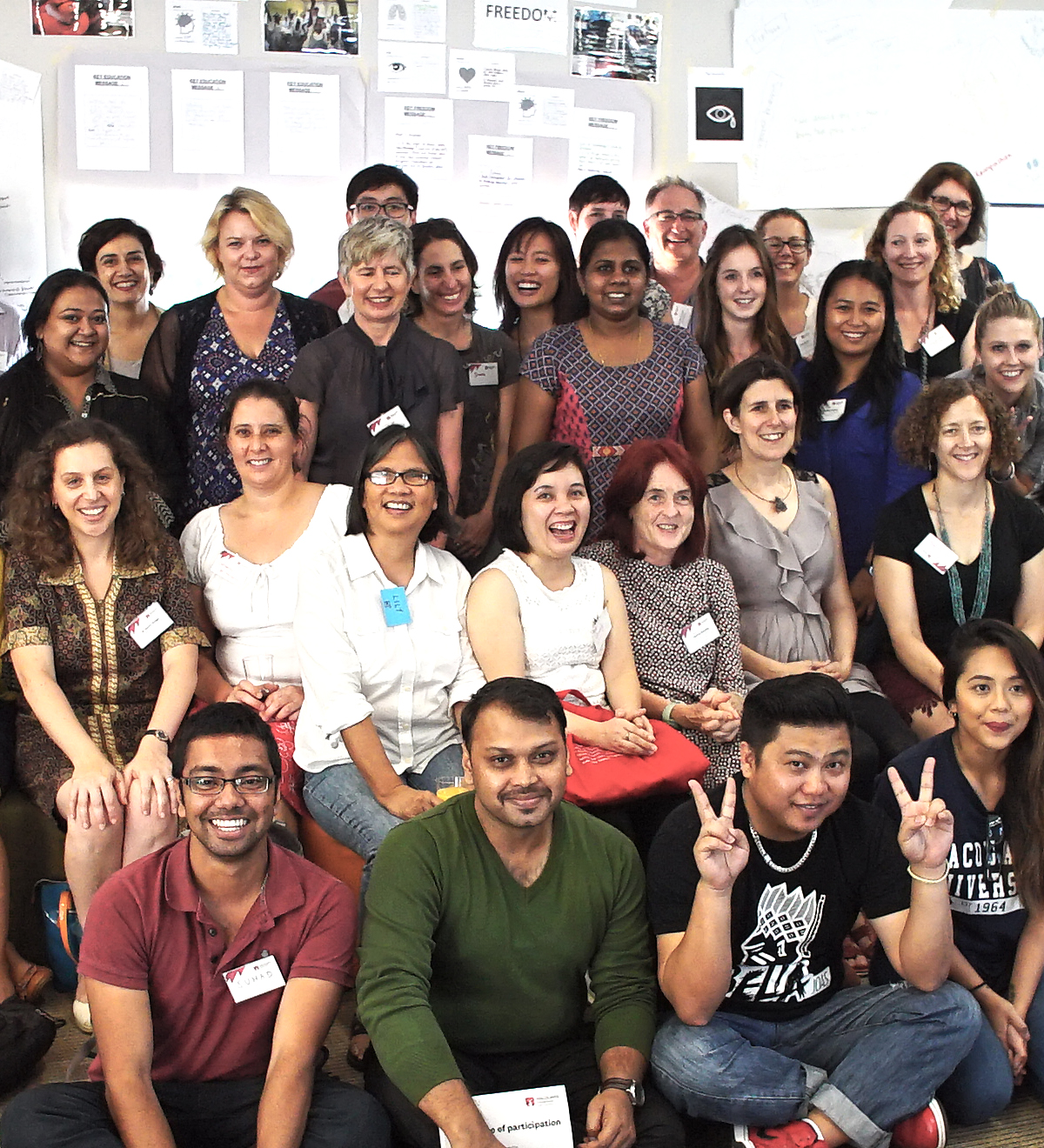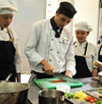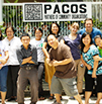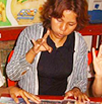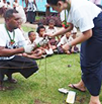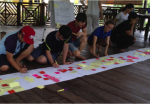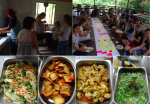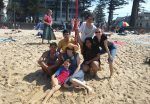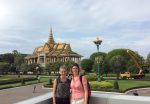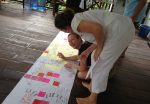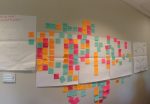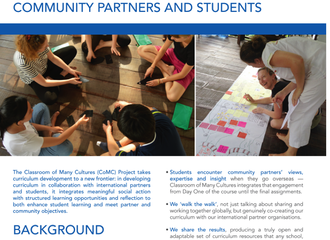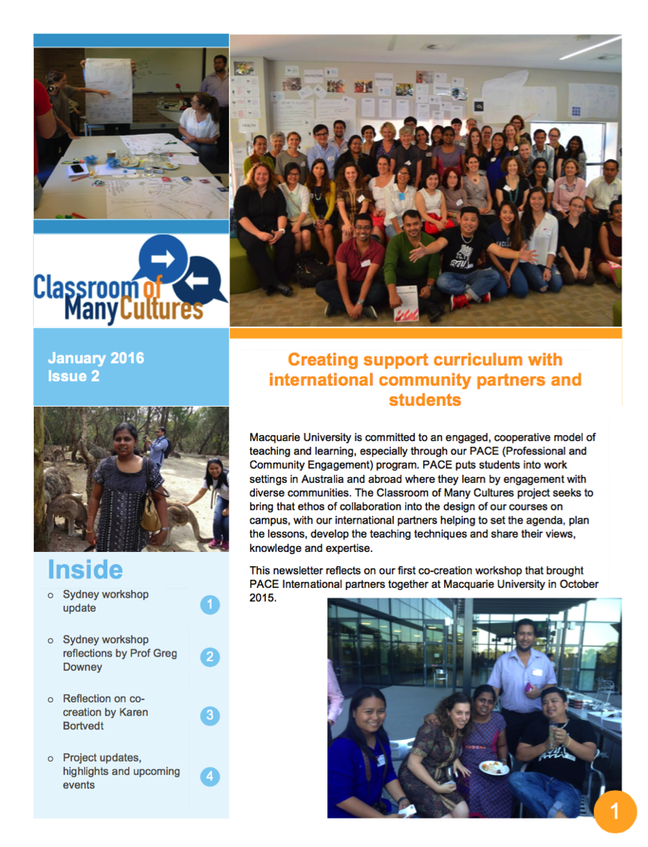ABOUT CLASSROOM OF MANY CULTURES
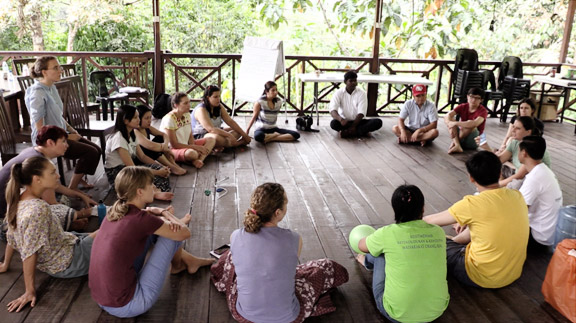
The Classroom of Many Cultures Project co-created pre-departure curriculum with eleven international community-based partners from seven different countries. In doing so, it integrates meaningful social action with structured learning opportunities and reflection to both enhance student learning and meet partner/community objectives.
Project context
The recent proliferation of international work-integrated learning (WIL) opportunities and community-based service learning (CBSL) placements has diversified the ways in which university students in Australia gain intercultural experiences. Many Australian students sojourning overseas are doing so in internships or work placements that take them into direct contact with their hosts in the workplace, rather than just on overseas university campuses. In addition, increasingly the destinations of students travelling today include places where cultural differences between their home countries and their hosts are great.
In some international placements, however, the divide between home and host is maintained: hosts provide support and a place to gain experience, but the curriculum, reflection and pedagogical tasks are designed and set by academics from the students’ home institutions. The implicit message may be that, although one can learn while overseas, one’s teachers are disproportionately from home; the insights and teaching capacity of the hosts can be under-utilised or even ignored. The Classroom of Many Cultures (CoMC) project team felt that this home-host division should be addressed.
Based at Macquarie University which has a significant commitment to international placements as part of the larger Professional and Community Engagement (PACE) program, the Team sought to create a rich store of shared resources for PACE and other internship providers, international exchange partners, the volunteering industry and outbound students generally.
Through the co-creation process the needs and perspectives of partners, students and academics have been embedded in learning activities which prepare students for departure and reintegration as well as improve student capacity to make a meaningful contribution to partner objectives while in country.
CO-CREATION METHODOLOGY
The Classroom of Many Cultures project uses a co-creation methodology which involves the project team jointly creating curriculum materials in close collaboration with all participants, including overseas partners, other educators and students. The co-creation methodology is challenging – everyone has different expectations, understandings and contributions to make – but the capacity to create materials, share ideas and develop techniques that any one group alone could not accomplish is significant. For this reason, we think that the methodology is one of the most exciting parts of the project.
PROJECT TEAM
REFERENCE GROUP
CO-CREATION PRINCIPLES
At the heart of this project is our commitment to ensuring that the expertise, knowledge and skills of PACE International community partners are an integral part of a model curriculum. Co-creation however, is a complex and messy process. Embracing the unpredictable, emotional and personal reality of bringing together diverse ideas, perspectives and people, opens up possibilities for more creative ways of communicating and listening to what is seen, heard and felt.
There is no one-way or single formula for co-creating as opportunities to co-create are always dependent on a context that is constantly changing. We have learnt from our experience that building and sustaining interpersonal relationships is at the centre of a co-creation approach.
Building and sustaining interpersonal relationships means taking time to build trust and respect by simultaneously:
Ultimately co-creation is about the synergies, the bringing together of people and ideas, to create something new. It is exciting and inspiring because its process and outcomes are unpredictable. As relationships and ideas evolve so do the project outcomes and the curriculum resources produced.

